Orthoclase, microcline
 Mineral characteristic.
Mineral characteristic.
Orthoclase is a type of feldspar KAlSi3O8 - most frequently occurring mineral on earth. Suffice it to say that the feldspars make up 60% of the earth's crust (feldspar is including part of the granite). Most often, pure orthoclase are found in the form of fragments or rounded pebbles. Orthoclase - one of the most common feldspar. Orthoclase painted in calm light brown, brownish and yellow colors. The name of the mineral was due to its cleavage lines, which are arranged at right angles to each other (Greek orthos -. Straight, kalo - split).
Another kind is the mineral feldspar microcline. Microcline crystallizes pinakoidalnom symmetry class. It is opaque, translucent in thin cleavages. Colour white, gray, yellow, pink. Variety of green, bluish-green color called amazonite. Gloss glass on the cleavage planes pearlescent or silky sheen.
Transparent orthoclase subjected to cutting and sometimes used in jewelry. The most valuable in this regard orthoclase are clear adularia (moonstones). They are named after the Adula mountain in the Swiss Alps. adularia often have beautiful blue reflections. These stones have long been used as a jewelry material in India, Sri Lanka and Burma. Opaque irriziruyuschie orthoclase off-white and yellow color called belomoritami, they are also very beautiful.
The magical properties of stones.
Orthoclase itself is not used in magic, if not a jewelry varieties (adularia or Belomoro). Transparent orthoclase, adularia, and in particular, contribute to the tranquility of the soul. This stones developing in people the gift of poetry and romantic views. They stimulate artistic creativity. For lovers adularia can become a symbol of harmony and loyalty. It is said that this stone is able to respond to the cooling of the feeling of love, changing its color and even becoming dim. Adularia can be a kind of talisman for people with unstable character.
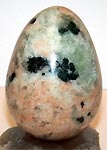

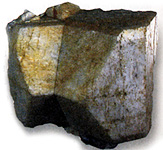
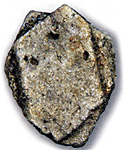
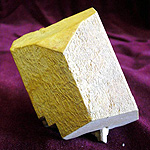
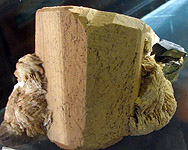
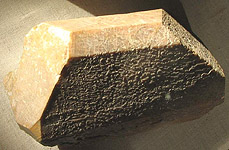

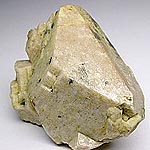
Toxic and hazardous radioactive rocks and minerals
** - Poisonous stones and minerals (obligatory check in chemical laboratory + clear indication of toxicity).
** - Radioactive rocks and minerals (obligatory check on a regular dosimeter + ban on the open sale of radioactivity in the event of more than 24 mR / hour + additional measures to protect the population).
All rare stones should always be checked on a regular dosimeter on the permissible level of radiation and a chemical laboratory in the absence of toxic and volatile components which are hazardous to humans and the environment.


Comments
Commenting, keep in mind that the content and the tone of your messages can hurt the feelings of real people, show respect and tolerance to his interlocutors, even if you do not share their opinion, your behavior in terms of freedom of speech and anonymity offered by the Internet, is changing not only virtual, but real world. All comments are hidden from the index, spam control.